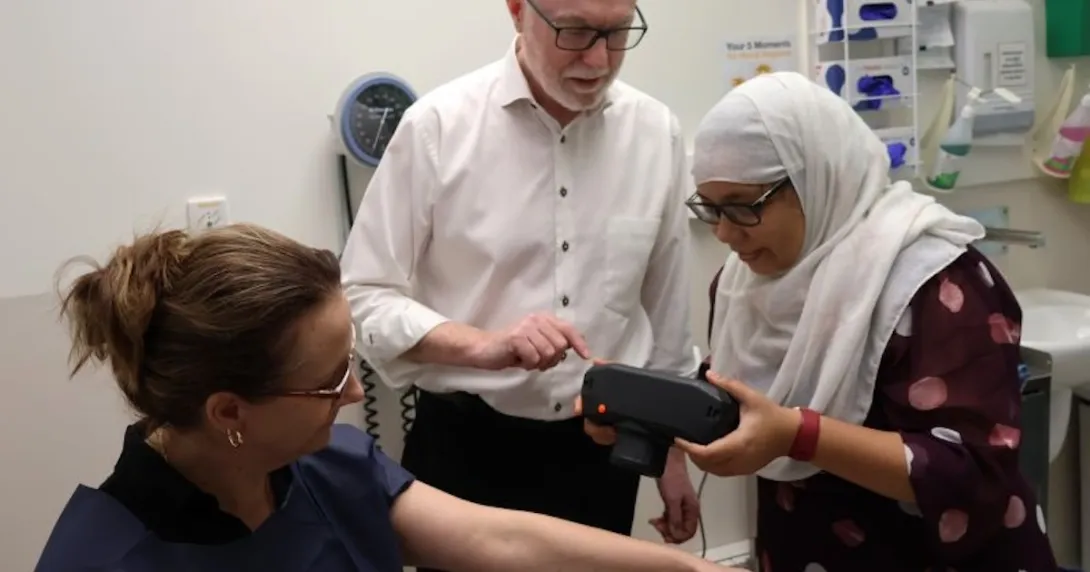
Photo: skynesher/Getty Images
Australia's Health Department seeking cybersec ops provider
Australia’s Department of Health, Disability, and Ageing is looking to contract a single provider of its end-to-end cybersecurity operations.
The department aims to consolidate its threat detection, orchestration, and rapid response as part of a broader cybersecurity uplift programme.
A tender was recently issued, covering planning, implementation, and ongoing management of its cyber environment based on the NIST framework, with requirements including a Security Operations Centre, SOAR (Security Orchestration, Automation, and Response), and incident response.
Its chosen provider will also manage existing tools for vulnerability management, SIEM (Security Information and Event Management), and the Microsoft Defender security app, while adopting new frameworks such as MITRE ATT&CK to improve threat awareness.
NZ's national GP booking platform vendor wanted
In New Zealand, Te Whatu Ora Health New Zealand is also seeking a vendor to deliver an appointment viewing and booking system for its newly launched 24/7 online GP service.
The solution will initially aggregate available appointments across the eight approved telehealth providers, replacing the placeholder system that directs patients to individual provider websites.
Future features may include assisted booking, advanced search, integration with patients’ own GP appointments, and notifications. Te Whatu Ora wants the system to be mobile-friendly, interoperable with practice management systems, and meet national data standards.
It expects work to begin in early 2026 following contract award.
Forte Health launches culturally sensitive digital pathway
Forte Health, a private surgical hospital in New Zealand, has implemented a digital patient pathway with embedded cultural sensitivity to serve its diverse patient population.
Developed with Personify Care, the pathway delivers procedure-specific instructions, pre-admission requirements, and day-of-surgery details directly to patients via SMS and secure mobile links.
It also embeds cultural sensitivity to ensure inclusive communication.
Its phased rollout began in July with four specialist rooms, including urology and gynaecology, and will expand across all specialist rooms by year's end. The hospital expects the digital pathway to help reduce surgical cancellations and enhance communication for short-stay procedures.
Digital health clinical safety course offered in Australia
The Australian Digital Health Agency (ADHA) and the Australasian Institute of Digital Health (AIDH) have jointly developed the first online course on clinical safety in digital health in Australia.
Based on a media release, the introductory course equips learners with practical tools to embed safety into digitally enabled care delivery. It has been endorsed for continuous professional development under AIDH’s Certified Health Informatician Australasia Program.
An intermediate module is due for release in 2026.
Bupa New Zealand rolls out digital aged care early warning tool
Bupa New Zealand is implementing a digital system for early health deterioration detection across all 40 of its care homes.
Developed by Te Tāhū Hauora Health Quality & Safety Commission and the University of Auckland, the Deterioration Early Warning System (DEWS) standardises caregiver observations and escalates concerns to registered nurses for prompt action. It includes tools for daily checks, clinical assessment, and structured communication with primary or secondary care.
Bupa trialled the system at its Northhaven Care Home. It expects the DEWS integration into its electronic resident management system (ERMS) will boost consistency, visibility, and usability across teams.
The aged care provider is now working with other providers using the same ERMS to make the DEWS available nationwide by the end of the year, with training and resource support from Te Tāhū Hauora.

